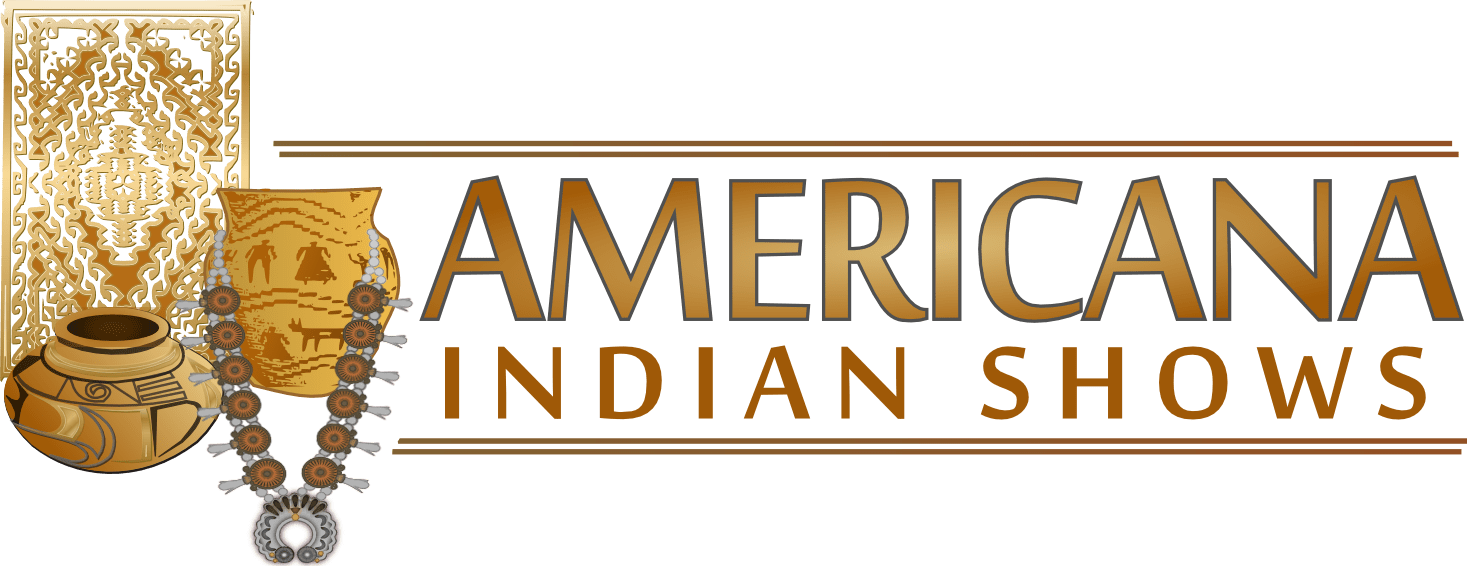
About Americana Indian & Western Shows, dealers of Native American arts and crafts
Anderson’s Americana Indian and Western Shows (aka Americana Indian Shows) had its beginning in 1947, when the Anderson family lived with an uncle at his trading post in Sanders, Arizona, adjacent to the Navajo reservation. The Andersons have deep roots in Arizona, first arriving in the state in the mid 1870s.
The eventual founder of AIS, Lee Anderson, attended 7th grade on the reservation at Sanders’ one-room schoolhouse where he met and became lifelong friends with Frank Yellowhorse, who would later become a well-known award winning Navajo silversmith. After school and on weekends, Lee worked for his uncle at the trading post, where he gained an appreciation for Indian art and culture.
The family collected American Indian art and later decorated their Phoenix home in this style. They collected Navajo rugs, pottery, baskets, and other Indian and western items. Lee and his brothers started their Indian arts, crafts and jewelry business as a part-time venture in 1968 in addition to their full-time occupations — Lee was a career army officer; Wayne, a game and fish officer in Flagstaff, Arizona; and Arvid, a guidance counselor at Kofa High School in Yuma, Arizona.
Following Lee’s retirement in 1974, the brothers opened galleries in Sedona and Flagstaff. However, their first love was the road, and they established a wonderfully loyal following in several cities and states throughout the U.S. In the early 1990s, they closed the galleries and dedicated all their resources to conducting shows and sales nationwide. Today the next-generation of Andersons — Eric, Matt and Tamara — carries on the tradition of bringing quality Southwestern Indian arts to our customers. Currently Americana conducts 26 shows and sales a year, where customers can purchase from our huge inventory of thousands of items. To learn more, contact us at info@americana.net.
If you have a piece you’re interested in knowing about — which tribe or clan made it, when it was made, and, if possible, who made it — feel free to bring it to one of our shows; we’re more than happy to identify it. If by some chance we can’t help you, we’ll direct you to one of our good friends at a museum or trading post who can.
